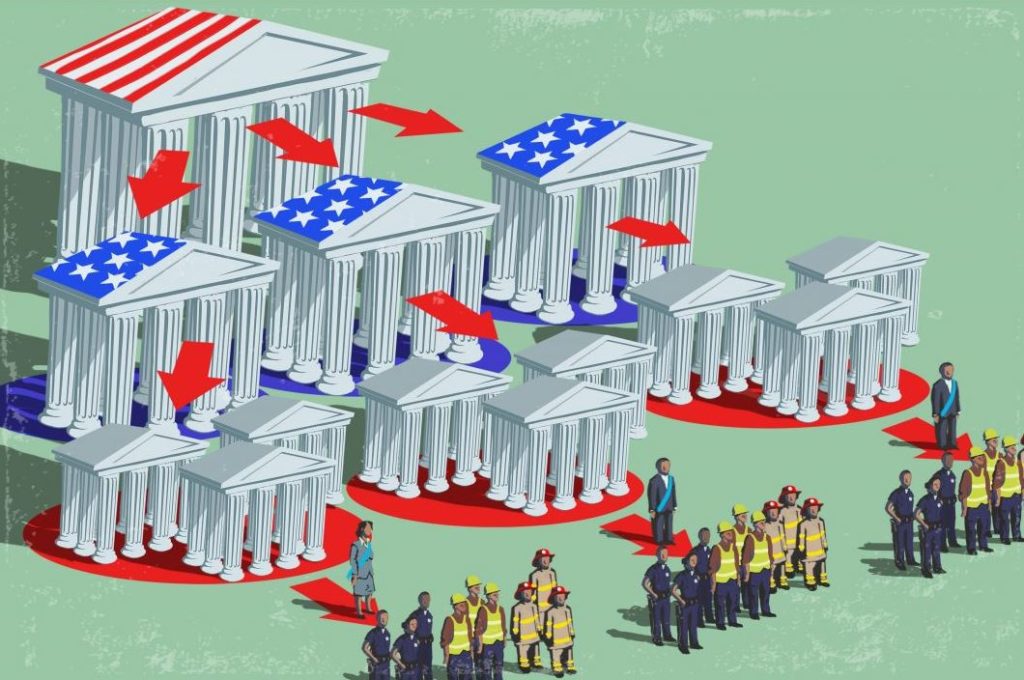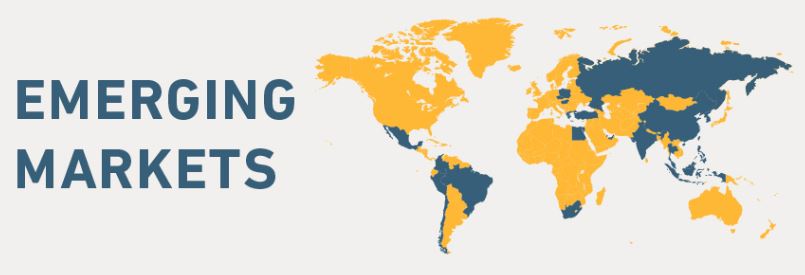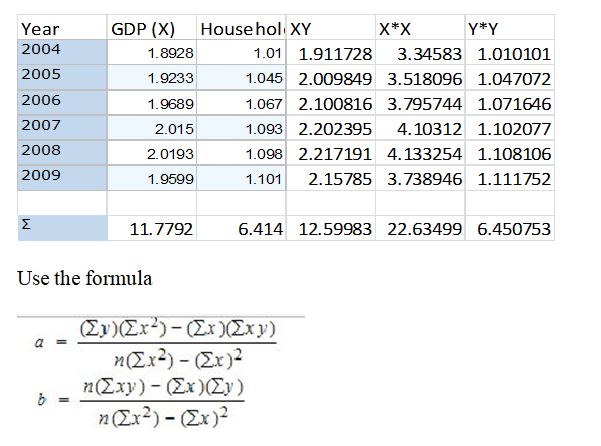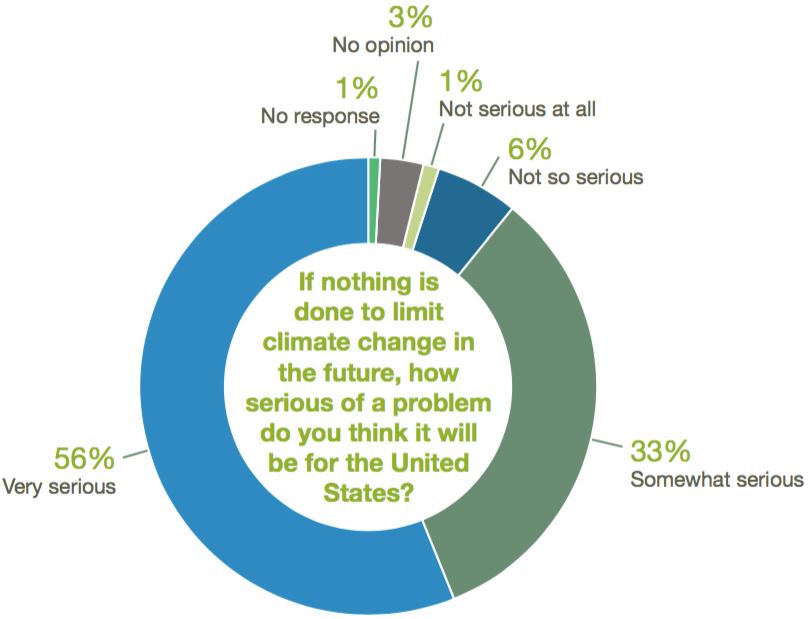Community Economic Development
Title: Community Economic Development. Effective public administration is key to promoting community economic development. Community economic development is term used to describe collective action by members of a particular community to generate common solutions to their economic problems. Such initiatives may involve both small and large groups (Green & Haines, 2012). Public administration on the other hand refers to civic leadership of community affairs that is held directly responsible for executive roles (Calabrò & Della Spina, 2014). Public administration aims at promoting respect and contributing to the enhancement of the worth, dignity, and potential of members of the public. Effective public administration enhances the success of community economic development initiatives.
The model of the community development process, also often referred to as the asset model of development provides mechanisms to manage community based and development infrastructure. It is mainly concerned with the management of human resources (Patterson, Silverman, Yin, & Wu, 2016). It provides processes and practices that are aimed at promoting the effective and efficient management of human capacity in public service (Loh & Norton, 2015). The model also champions the making of human resource management (HRM) decisions that are accurate, fair, transparent, and free from political influence (Green & Haines, 2012). There are six major components of the model of the community development process. These include strategic planning, organizational design and classification, competency profile development, resourcing, learning, development, and certification, and leadership development.
Strategic planning requires that the business needs of a community be identified first before any investments are made. The community economic development program that is developed should target these gaps and needs. Strategic planning requires that all decisions be made based on existing facts (Christens & Inzeo, 2015). As a community developer, one should engage members of the public to determine their needs and work with them to develop solutions that best satisfy these needs. For example, the needs of an urban community vary from those of a rural society. Subsequently, programs to be rolled out in the two areas should vary to some extent.
Organizational design and classification is the second component of the model. It requires that standardized services and products be developed with the aim of providing an integrated and consistent approach to staffing. Subsequently, well defined and or organized job positions and streams are developed (Green & Haines, 2012). In community development, organizational design and classification is important since it helps in the division of work. Different persons are given specific responsibilities (Majee, Goodman, Reed Adams, & Keller, 2017). For example, a engineer working in a community development project should have clearly defined responsibilities.
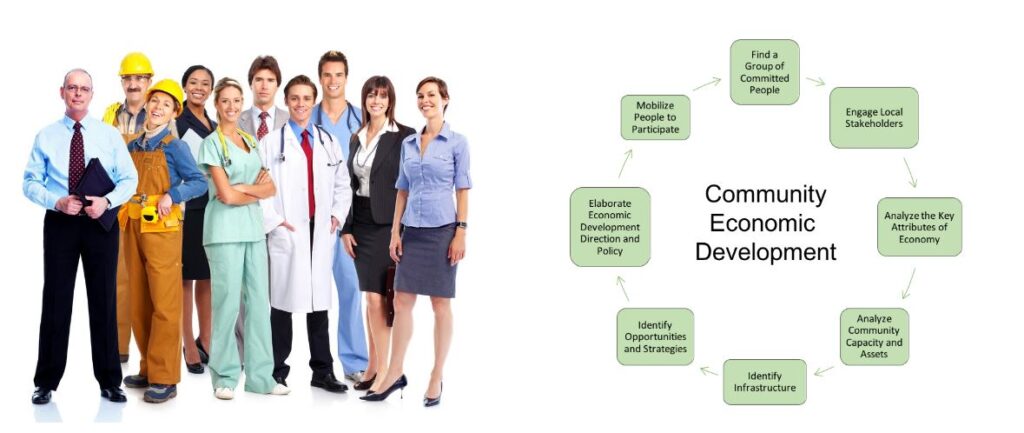
Competence profile development is the third component of the model. It champions the development of competency based products that help define and support job success. As such, public administration managers are in a position to use profiles for the purposes of staffing (Majee et al., 2017). At the same time, employees are in a position to identify that which is required of them for them to get promotions (Calabrò & Della Spina, 2014). A community developer should be involved in the designing of learning programs fill the skill and knowledge gaps of the human resources. These programs should target all fields.
The fourth component of the model is resourcing. It involves the launching of collective recruitment and staffing programs. This helps increase access to qualified human resources. At the same time, it ensures that vacant positions are filled in a quick, effective, and efficient manner (Green & Haines, 2012). The model enables community developers to understand the need to have fully staffed team at all times. For example, it would be not make sense to run a community development program whose agenda is housing without an architect, an engineer, and an accountant.
Learning, development, and certification is the fifth component of the model. It develops programs that are aimed at enhancing the skills and capabilities of human resources (Patterson et al., 2016). It ensures that employees have access to all the programs and tools they need to improve their competencies and skills (Christens & Inzeo, 2015). As such, they are in a position to advance in their careers. A community developer must understand that change is inevitable. As such, they must always seek to update the skills and knowledge of their teams.
The last component of the model is leadership development. It involves expanding the capacity of individuals to enable them perform leadership roles (Patterson et al., 2016). In community development, this is important since it provides persons with the right attitudes and abilities to influence others positively (Calabrò & Della Spina, 2014). A community developer must understand the need to create strong leadership. They must mentor leaders who are to guide the implementation and maintenance of community based project (Majee et al., 2017). This is important to ensure the sustainability of these community economic development programs.
Zoning and Community Economic Development
Zoning and comprehensive planning continue to be important tools for community development. Zoning is a development regulation tool. It involves the division of the existing land into zones. Each zone is dedicated to a specific purpose. In community development, zoning is key in ensuring that the goals of the comprehensive plan are implemented in an effective and efficient manner (Green & Haines, 2012). Public administrators must be keen to ensure that zoning guidelines are adhered to. Through zoning, developers can improve their communities by encouraging the use of the existing land resources in a sustainable manner (Loh & Norton, 2015). Zoning promotes sustainability of development programs since it allocates land resources for all the needs of a community. For example, zoning ensures that members of a community have adequate land for residential, farming, and economic purposes.
Comprehensive planning is the process through which the goals and aspirations of a community are determined. It results in the development of a comprehensive plan. In community development, a comprehensive plan dictates public policy and in matters land use, housing, recreation, public utilities, and transportation (Green & Haines, 2012). Comprehensive plans may cover either a small or large geographical area (Loh & Norton, 2015). As a developer, one can use comprehensive planning to improve their communities by assessing their needs and working with them to seek appropriate and sustainable solutions (Christens & Inzeo, 2015). A developer must be keen to involve all members of a community in the planning process. This ensures that their comprehensive plan created has the support of all members of the community. Subsequently, the implementation process tends to be easy.
References
Calabrò, F., & Della Spina, L. (2014). The cultural and environmental resources for sustainable development of rural areas in economically disadvantaged contexts-economic-appraisals issues of a model of management for the valorisation of public assets. Advanced Materials Research, 869(1), 43-48.
Christens, B. D., & Inzeo, P. T. (2015). Widening the view: situating collective impact among frameworks for community-led change. Community Development, 46(4), 420-435.
Green, G. P., & Haines, A. (2012). Asset building and community development (3rd edn.). Newbury, CA: Sage Publications.
Loh, C. G., & Norton, R. K. (2015). Planning consultants’ influence on local comprehensive plans. Journal of Planning Education and Research, 35(2), 199-208.
Majee, W., Goodman, L., Reed Adams, J., & Keller, K. (2017). The We-Lead Model for Bridging the Low-Income Community Leadership Skills-Practice Gap. Journal of Community Practice, 3(1), 1-12.
Patterson, K. L., Silverman, R. M., Yin, L., & Wu, L. (2016). Neighborhoods of Opportunity: Developing an Operational Definition for Planning and Policy Implementation. Journal of Public Management & Social Policy, 22(3), 143.
Relevant Posts
Economics Dissertation Topics
Econometrics
Thanks for taking the time out to read this community economic development blog post and I hope you found it useful. I would be grateful if you could share this blog post via Twitter, Facebook, or Google+ I would like to generate as much social media buzz around this post.

